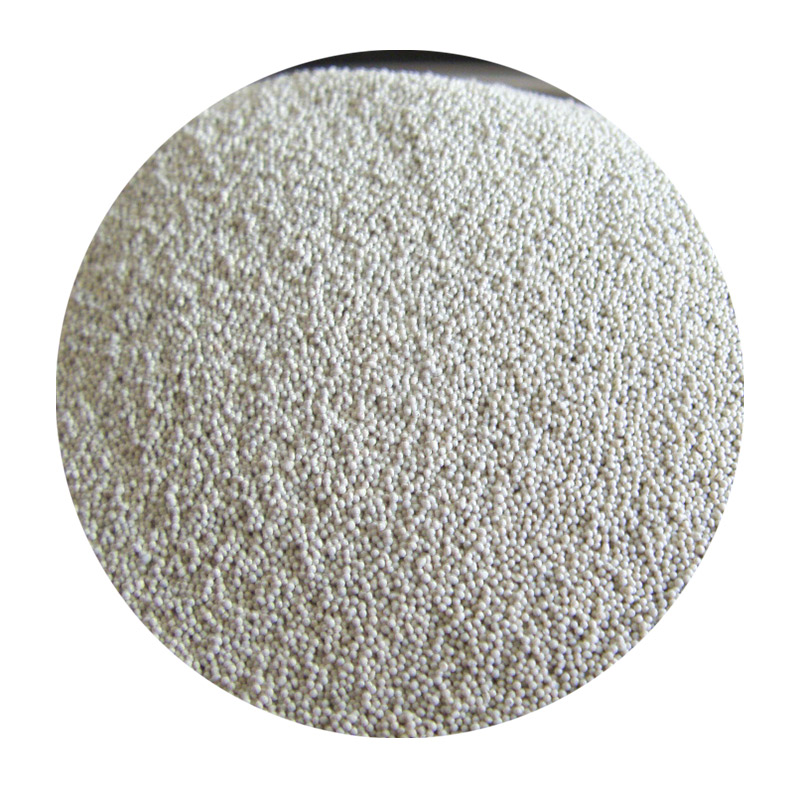The Art of Sanding Clear Resin A Step-by-Step Guide
Clear resin projects can add a sleek, modern look to various crafts and furniture, but achieving that perfect finish often requires a meticulous sanding process. Whether you're working on a river table, jewelry, or art pieces, sanding clear resin is a crucial step to ensure a glossy and smooth finish. In this article, we’ll explore the best practices for sanding clear resin to help you achieve professional-quality results.
Understanding the Basics of Resin
Before diving into sanding, it’s important to understand what clear resin is. Usually comprised of epoxy or polyurethane, clear resin offers durability and an aesthetic appeal. When cured, resin can be hard and glossy, but imperfections, such as bubbles or uneven surfaces, can mar its appearance. Sanding helps to eliminate these flaws and prepare the surface for polishing.
Step-by-Step Sanding Process
1. Allow for Proper Curing Before you start sanding, make sure the resin has fully cured. Depending on the type of resin and ambient conditions, this could take anywhere from 24 hours to several days.
2. Choose the Right Tools Use sandpaper or sanding blocks of various grits. Start with a coarser grit, such as 80 or 120, to remove any major imperfections. Then progress to finer grits, like 220, 400, and finally 800 or higher for a smooth finish.
sanding clear resin

3. Wet vs. Dry Sanding Wet sanding is often preferred for clear resin. It reduces dust and helps to prevent the sandpaper from clogging. Simply wet the surface and the sandpaper with water and gently sand in circular motions.
4. Use Even Pressure Apply even pressure while sanding to prevent deep scratches. Avoid staying in one spot too long, which could create uneven surfaces.
5. Clean Between Grit Changes After each grit, clean the surface to remove dust and debris. This ensures that scratches from the previous grit are removed before moving on to a finer one.
6. Final Polish Once you've reached the desired smoothness, you can use a polishing compound or buffing wheel for that high-gloss finish. This step enhances the clarity and depth of your resin.
Conclusion
Sanding clear resin may seem intimidating, but with patience and the right techniques, you can transform your projects into stunning, polished pieces. Remember to take your time and follow each step carefully to achieve the best results. Happy crafting!
Post time:Th10 . 09, 2024 17:56
Next:use of foundry sand in concrete
